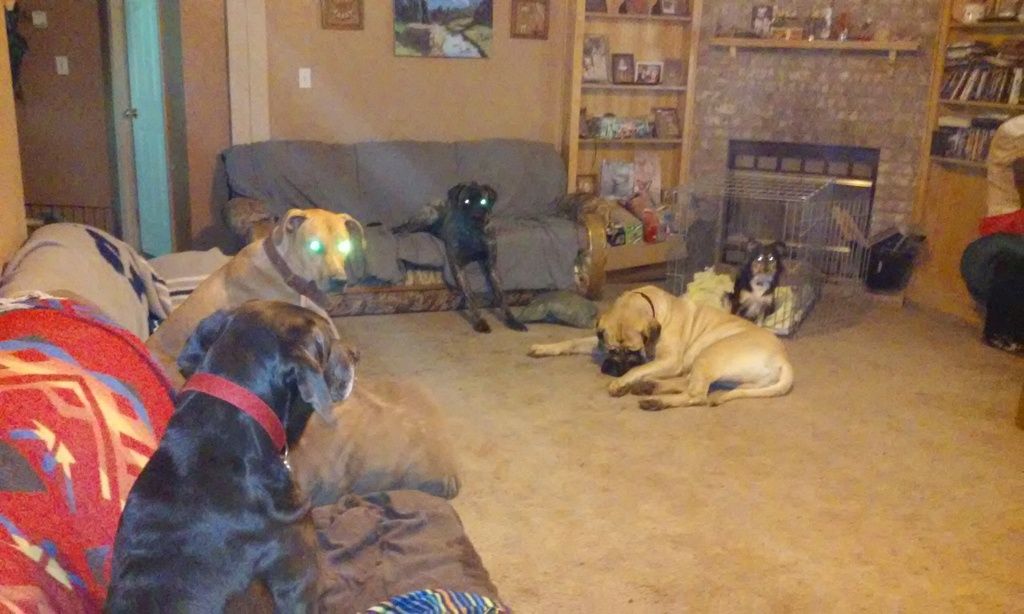karennj
Well-Known Member
My husband uses the old style training methods still. Much more Cesar Milan vs. Karen Pryor. When I brought Bear home I started to learn more of the positive methods while my husband was still being the "pack leader". With our other dogs we always were on the same page with training but this time we were using different techniques. Well I notice a MAJOR difference with the way Bear interacts with my husband vs. me or any other male. He is very weary and so submissive with Kevin upon approach. He was never hit but my husband gave what I would consider to be "believable corrections" and even 11-months later Bear does not fully trust him. Before we were using the same techniques so I never gave it any thought but now I seriously rethink some of the things I did prior to learning other methods. I also was not very good at reading body language before and probably missed a lot of cues that I see now. I have been teaching Kevin what I have learned and he is working on that partnership. Hoping we get to a point that Bear is not anticipating a correction.




